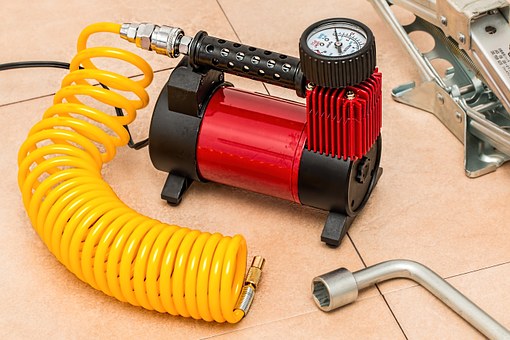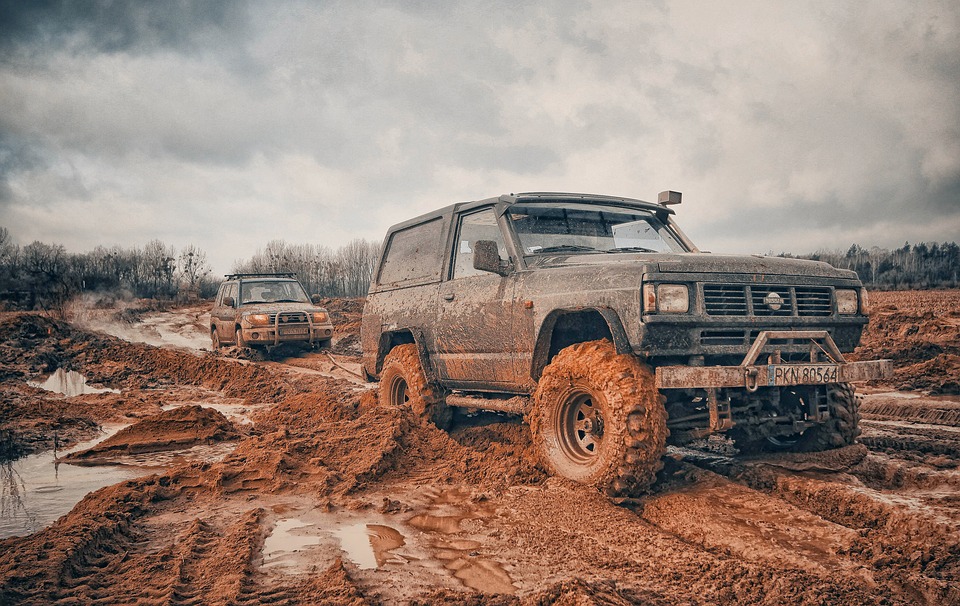It is a great question, and we get asked all the time.
If you are going off-road, why do you need to lower your tyre pressures along with this another one we get asked at Leeuwin tyres often is “I’m getting into 4WD and going off-road and I’ve been told to lower my tyre pressure for better traction”.
So let’s dive a little deeper into these
There are three main reasons why we should at least lower our tyre pressures
To start with, when we travel across rough or rocky surfaces, corrugations, even steep hills, then lowering the tyre pressure enhances how the overall suspension works and greatly improves ride and the comfort of the passengers in the vehicle.”
Next, It also improves the traction of the vehicle, as you lower pressure it increases the overall footprint of the tyre and tread which means there’s more tyre on the surface, resulting in more traction.
Last but not least, the softer impact and greater traction help protect the terrain under the car.

Next, It also improves the traction of the vehicle, as you lower pressure it increases the overall footprint of the tyre and tread which means there’s more tyre on the surface, resulting in more traction.
Last but not least, the softer impact and greater traction help protect the terrain under the car.

The next question we get is
I’m not sure at what stage to do this and what pressure do I reduce them to?
So now we know why to let’s talk about the mechanics of lowering your tyre pressure. What should we set them to?
Well, It all depends on the terrain, If you are hitting some gravel roads and are travelling for long distances at speed, anywhere from 25 to 28 PSI will be optimal.”

Now, when we get down to some slower speeds even down to crawling, we need to lower the pressure a little more. Some mud, some rocks, and general 4WD terrain, 20 to 25 PSI is a good rule of thumb.
Then there is Sand
For sand, you can lower the tyres even further Between 15 – 20 PSI will give you far more traction and the best ride. Sand can be quite a variable because you’ve got wet, hard-packed sand through to dry, powdery sand

Lowering your pressure will not damage the tyres, As long as you remember to re-inflate before you start travelling on roads or hard surfaces or at any speed again.
Some tyres and brands are better equipped to handle off-road terrain than others, so your overall grip and traction levels will depend significantly on the tyre setup of your vehicle.
How do I lower or Re-inflate my tyre pressure?
To lower your tyres, you can use a standard tyre deflator that is available at any auto-parts store or your fingernail may do the job if you are caught short.
Pumps to re-inflate the tyres can be sourced at most 4WD specialist stores, similar to the one below and plug directly into the 12 v socket that most vehicles should have like the one below
Pumps start around $70 up to quite a few hundred dollars for a high-quality high-delivery one.
When choosing the right pump have a think about this, the time it takes to re-inflate your tyres. A cheap one might take a bit of time but the more expensive ones end up being more reliable and will pump it faster and easier.

So when is the best time to re-inflate?
Its quite simple and common sense, as soon as you’re on the dirt, sand or going off-road let those tyres down to suit the environment. As soon as you’re off the dirt, pump them back up.


